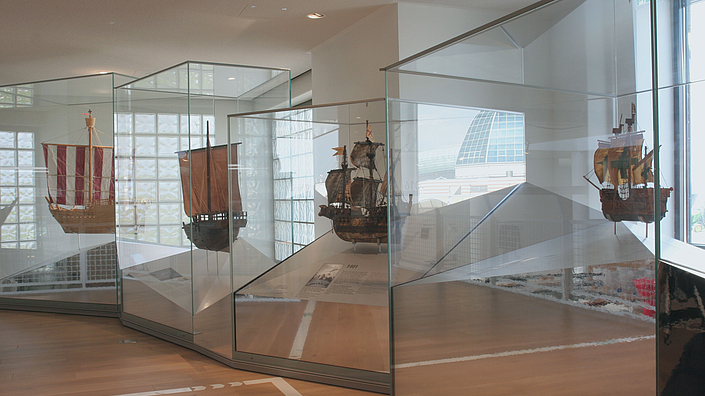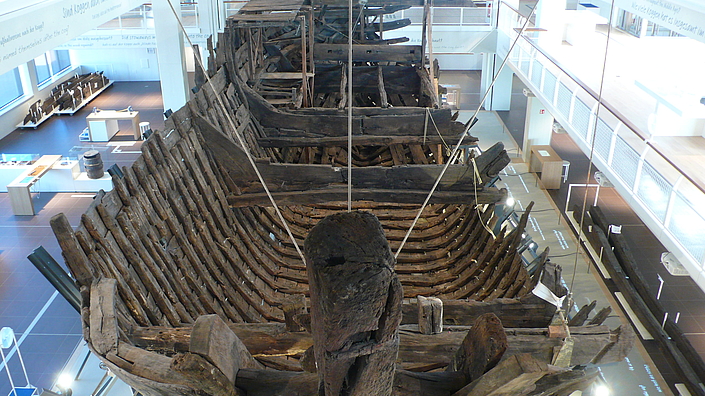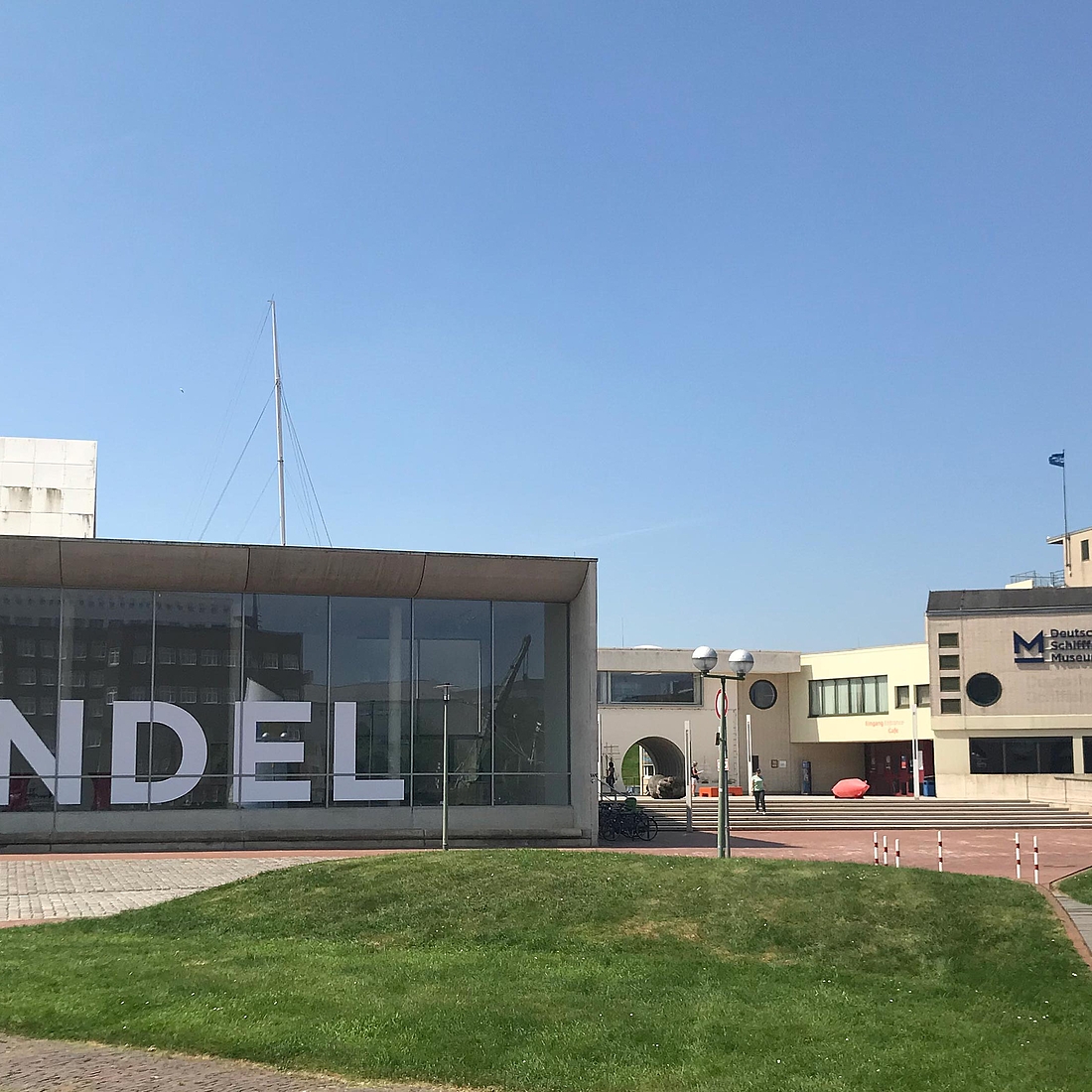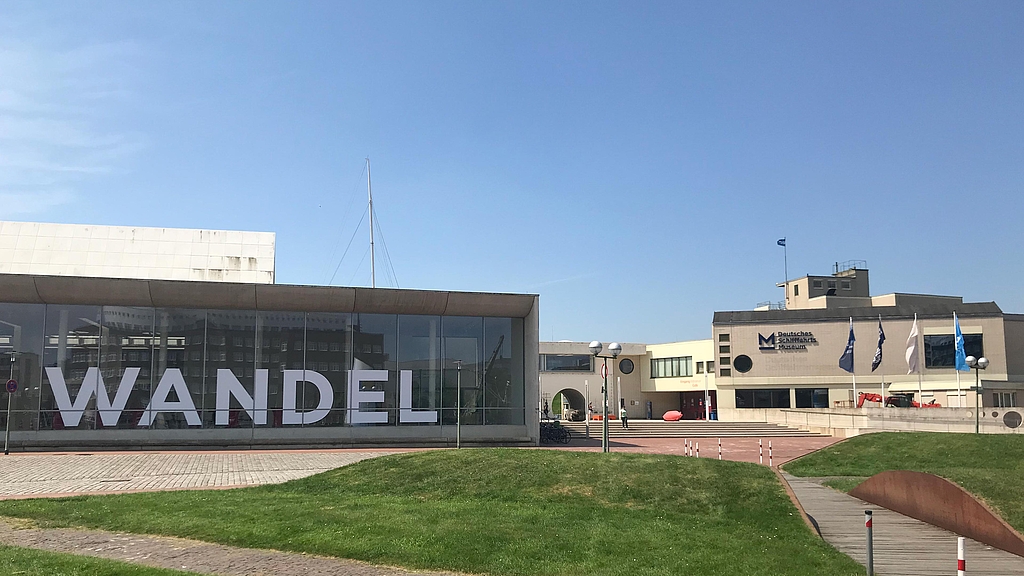The Research Association for Historical Authenticity
The credibility of exhibited objects is a quality criterion for museums. But when is an object really authentic? What is so special about authentic exhibits?
Authentic information and objects are characterized by a certain form of credibility, which is determined individually, but also collectively. The museum as an institution is primarily defined as an exhibition site of original things. The selected museum objects must therefore meet certain criteria in order to be recognised as authentic. In many cases, however, objects are not completely or not at all present in their original form. Therefore, an attempt is made to restore the objects as carriers of historically valuable information. In order for the objects to fulfil their function as contemporary witnesses, secondary sources are needed on which additions can be based. In the research process, information is generated that is tested by a hypothesis-led procedure. What effect do the reconstructions have on visitors* and how is the difference between reconstruction and original conveyed to them?
Further links
We want to make the processes of our research transparent
The institutional framework of museums usually creates the phenomenon that statements and information are perceived by the public as correct in their factual correctness. However, the selection and presentation of objects is preceded by steps that are often not presented to the public. Restoration and preparation work is oriented towards presenting the original form. The fact that this proves to be a challenge due to the materiality is a central point of the claim to preserve and bequeath cultural assets. If objects succumb to decay or are possibly destroyed, they must be reconstructed. As research museums we have the claim to make the reconstruction process transparent. Secondary sources, such as drawings, paintings or coins, serve as a basis for our researchers to place objects in an authentic historical context or to reconstruct them. A transparent research strategy involves visitors in this reconstruction process: The variety of possibilities for the optical form or function of objects is bundled in the formulation of "fragile evidence". This sensitizes us to the fact that evidence is not to be understood absolutely but relatively: there are several ways of developing and presenting reconstructions. The decision for exactly one form of reconstruction is part of the process of scientific work. Therefore, this term emphasizes the openness of research results.
Visitor research in the context of historical authenticity
Our research within the framework of the Research Association for Historical Authenticity still addresses the question whether you as a visitor*understand this so-called fragile evidence as a scientific topic. Do you, as a visitor, perceive our objects as authentic or do you have doubts about the way they are presented? How can we enable you to understand research as a dynamic and flexible process
Related articles
-Ribbon of the ship models
The ribbon of the ship models runs as a red thread through the museum's exhibition. It tells the story of the individual models and ships depicted.
read more

The "Bremer Kogge" from the Hanseatic era - 600 years of history to marvel at
Experience the world's best preserved medieval merchant ship up close and learn more about life on board, its construction and today's cult.



